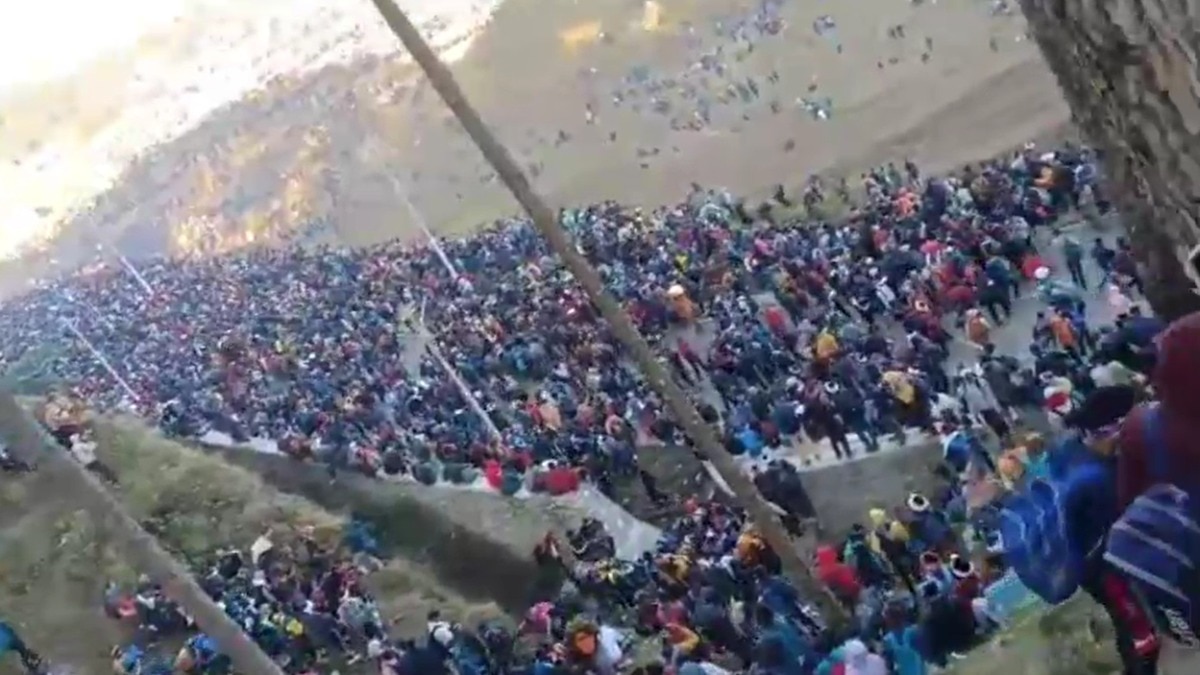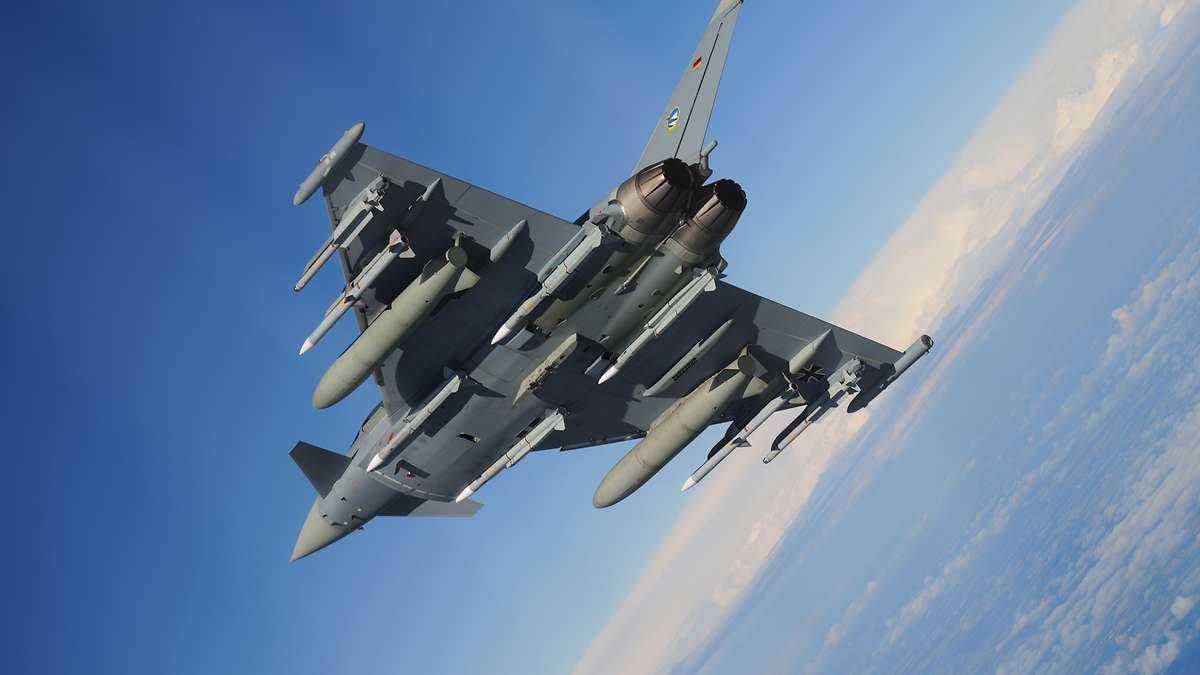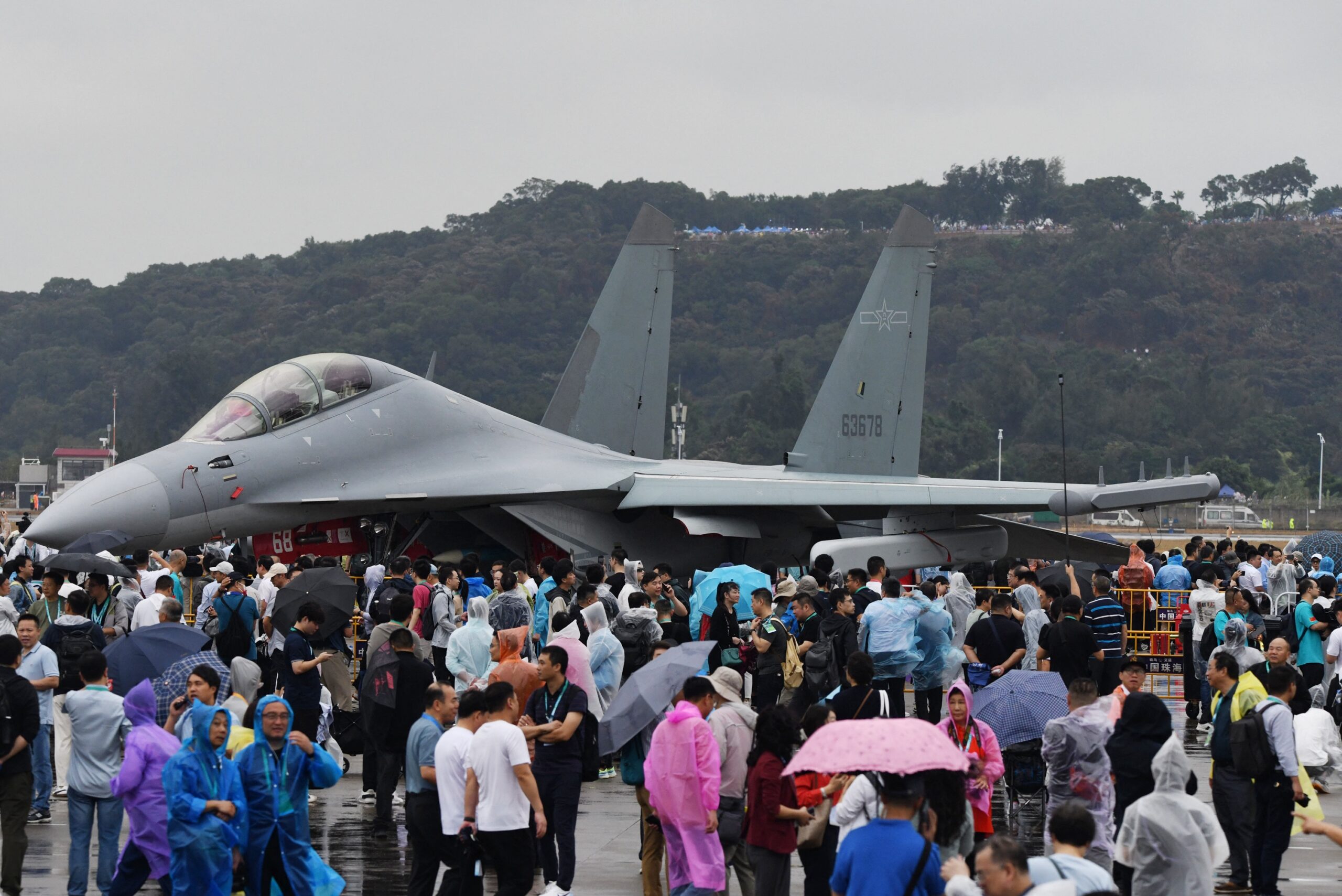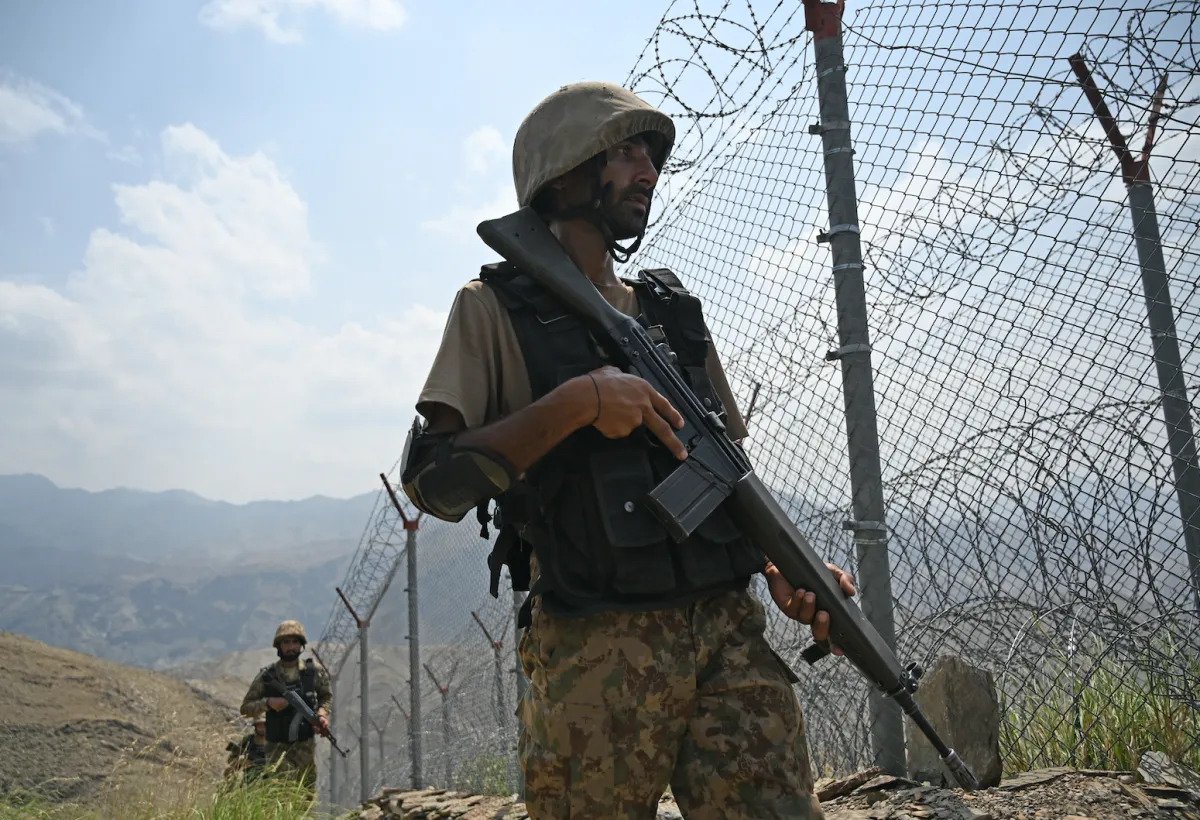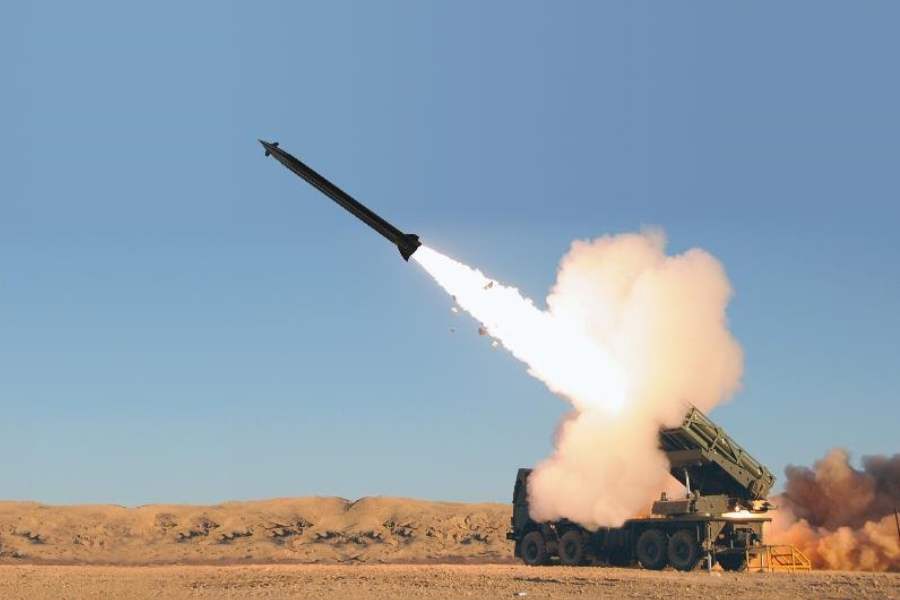Chaos in Pithoragarh: 18,000 Army Aspirants Camp for Recruitment Amidst Claims of Mismanagement
A significant influx of Army aspirants has descended upon Pithoragarh in Uttarakhand for the Territorial Army recruitment drive, leading to…
German Parliament Approves €521 Million for Meteor Missiles and Defense Upgrades
The German Parliament's budget committee has taken significant steps toward enhancing the capabilities of the country's defense forces by approving…
China’s Electronic Warfare Advancements Pose Major Challenges to US Forces in Potential Taiwan Conflict
China is advancing its electronic warfare (EW) capabilities significantly, presenting a formidable challenge to the United States, particularly in the…
Suicide Attack in Pakistan Kills 12 Soldiers Amid Rising Violence
A suicide attack in northwest Pakistan has resulted in the deaths of twelve soldiers, according to military reports released on…
Elbit Systems Secures $335 Million Contracts for Advanced Defense Systems in Europe
Elbit Systems has announced the acquisition of contracts totaling $335 million to provide its advanced PULS (Precise and Universal Launching…
US Army Awards BAE Systems Contract for Advanced Countermeasure Development for Combat Vehicles
The US Army has announced a follow-on contract with BAE Systems to advance the development of Multi-Class Soft Kill System…

